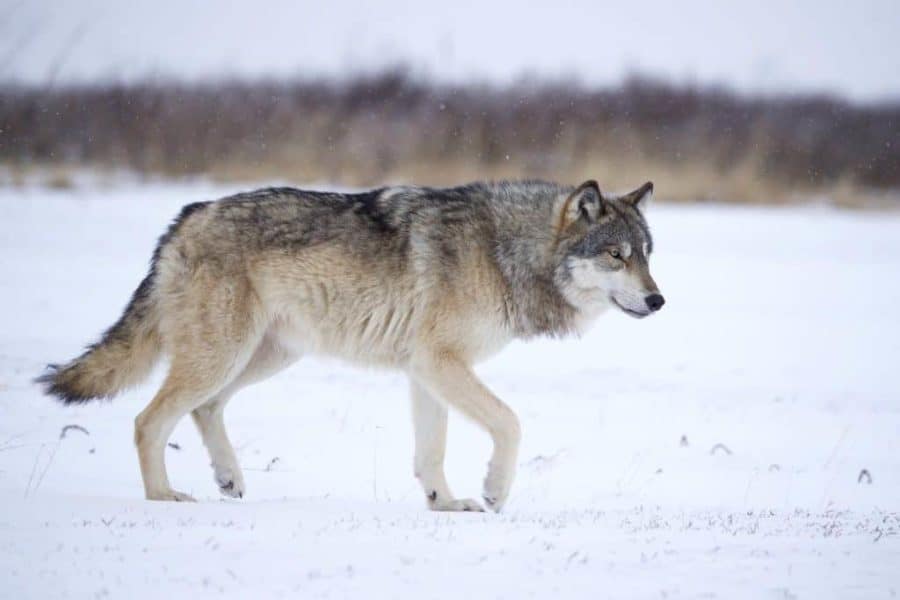Before Dire wolves became extinct about 13,000 years ago, it’s believed they genetically split off from other canids – making them the last of an ancient lineage, according to a team of international researchers including a Texas A&M University expert.
Dire wolves were different from other canine species such as coyotes and grey wolves – so much so that they were not able to breed with each other, according to new research published in the latest issue of Nature. The findings from Texas A&M archaeologist Anna Linderholm, director of the BiG (bioarchaeology and genomics) Laboratory, and her colleagues disprove earlier research that suggested Dire wolves were related to grey wolves.
The international team sequenced the DNA of five Dire wolf fossil remains from Wyoming, Idaho, Ohio and Tennessee dating back more than 50,000 years. Their results show that Dire wolves and grey wolves were in fact very distant relatives.
“The findings show that Dire wolves are not closely related to the modern-day grey wolves, as a lot of people prior to this believed. They actually split from other wolves almost 6 million years ago,” Linderholm said.
Since then, she said, the Dire wolf did not mix with any now-living canids, such as coyotes or grey wolves.
“This might be one of the reasons they went extinct, plus the fact that they did not adapt to a change in the environment,” Linderholm said. “One way to do this would have been to mix with any of the other living canids at the time, and if they did they could have adapted and still be around.”
The Dire wolf was about the same size as the modern-day grey wolf, but had larger teeth. Its bite is believed to have been the strongest of any canine species. Dire wolves frequently attacked and ate horses, bison and even camels. They were found in North and South America, as well as China.
“We know that the American lion and the giant short-faced bear had similar evolutionary patterns in North America, and that they all went extinct at the same time,” Linderholm said.
The species was featured in the hit TV show “Game of Thrones.”
The study’s lead author, Durham University’s Angela Perri, said the history of the Dire wolf is now more complex than previously believed.
“Dire wolves have always been an iconic representation of the last ice age in the Americas, and now a pop culture icon thanks to ‘Game of Thrones,’ but what we know about their evolutionary history has been limited to what we can see from the size and shape of their bones and teeth, Perri said.
“But instead of being closely related to other North American canids, like grey wolves and coyotes, we found that Dire wolves represent a branch that split off from others millions of years ago, representing the last of a now extinct lineage.”
The team concluded that while ancient humans and Neanderthals appear to have interbred, genetic data shows no evidence that Dire wolves interbred with any living canine species.
“All of the data point to the Dire wolf being the last surviving member of an ancient lineage distinct from all living canines,” Linderholm said. “This fact might be the reason for their extinction. It is amazing what additional information we can obtain through genetic analysis and ancient DNA.”


